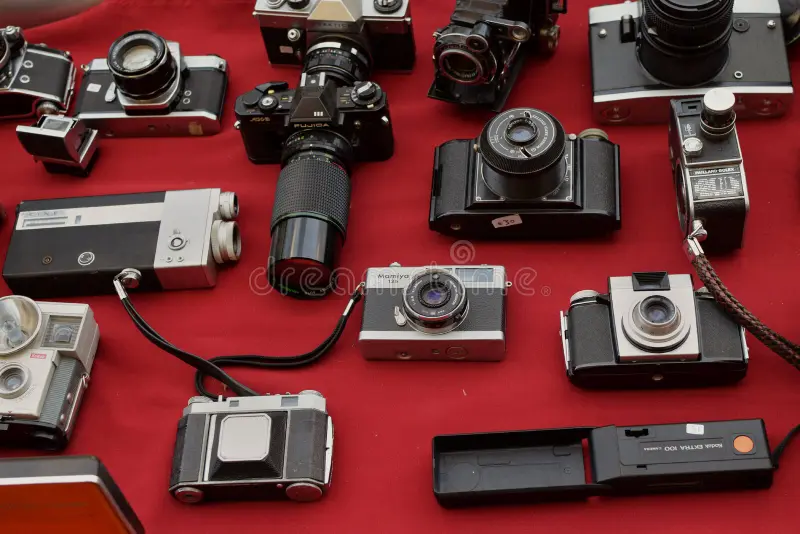The global photography equipment market is projected to reach a value of USD 14.12 billion by 2033, rising from USD 9.17 billion in 2024. Data from Verified Market Report shows the market will grow at a compound annual growth rate of 5.2 percent between 2026 and 2033. Technological innovation, evolving consumer behavior, and expanding commercial applications drive the market’s positive trajectory.
One of the most significant contributors to the market’s expansion is the growing influence of social media platforms such as Instagram and TikTok. As users seek to produce high-quality visual content, demand for advanced photography gear including cameras, lenses, and accessories continues to rise. The emergence of content creators, vloggers, and influencers has further widened the customer base, encouraging both amateur and professional users to invest in high-performance equipment.
Also Read:Global broadcast equipment market to hit $6.88bn by 2028
Technological advancement remains a cornerstone of market development. Innovations in mirrorless camera systems, artificial intelligence integration, and enhanced smartphone camera modules attract attention from a diverse range of consumers. Features such as automatic scene recognition, real-time tracking, and AI-assisted editing reshape the expectations for both casual users and professionals. At the same time, the rising popularity of drone-based photography and videography in sectors like event coverage, cinematography, and real estate creates new revenue opportunities.
In addition to individual consumers, various industries contribute to the commercial demand for photography equipment. E-commerce platforms rely heavily on high-resolution visuals for product listings, while sectors such as fashion, advertising, and architecture increasingly depend on professional-grade imagery for marketing and documentation purposes. The growth of online retail has also made photography gear more accessible globally, helping to drive purchases across both mature and emerging markets.
Consumer behavior shifts in favor of compact, multifunctional, and intuitive devices. The ongoing transition from DSLR to mirrorless systems evidences this trend, as users prioritize portability without sacrificing quality. The market development also reflects the increasing demand for accessories such as tripods, camera bags, memory cards, and external flash units, which enhance usability and extend equipment lifespan.
Environmental awareness and sustainability considerations become more prominent in product development strategies. Manufacturers explore the use of recyclable materials and energy-efficient production methods in response to growing consumer expectations and regulatory pressure. This emphasis on sustainability contributes to brand differentiation and customer loyalty, particularly among environmentally conscious buyers.
Also Read:Why global non-alcoholic beer market is on upward trend
Economic factors, including fluctuating global markets and the premium cost of professional-grade gear, present potential challenges. However, rising disposable incomes in developing regions help to offset these limitations. Education efforts, including online tutorials and photography workshops, also encourage skill development and support a wider adoption of advanced tools.
From a regional perspective, North America, Europe, and Asia-Pacific remain key markets. North America continues to lead in professional and commercial use, while Europe benefits from strong demand in fashion and advertising. Asia-Pacific shows the fastest growth, driven by urbanization, rising incomes, and a growing community of digital content creators.
Companies leading the global photography equipment market include Canon, Sony, Nikon, Fujifilm, Panasonic, and Argus Camera. These firms invest in research and development to introduce innovative features and strengthen their competitive positions. Mergers, acquisitions, and strategic partnerships also contribute to the evolving market landscape.
As the market progresses through the forecast period, the intersection of electrification, artificial intelligence, and sustainable design will shape the next generation of photography equipment. Verified Market Report indicates that the industry enters a phase where technological sophistication and environmental responsibility both become critical to long-term success.
Also Watch:MARKETING EDGE ONTV







Comment
No comments found.